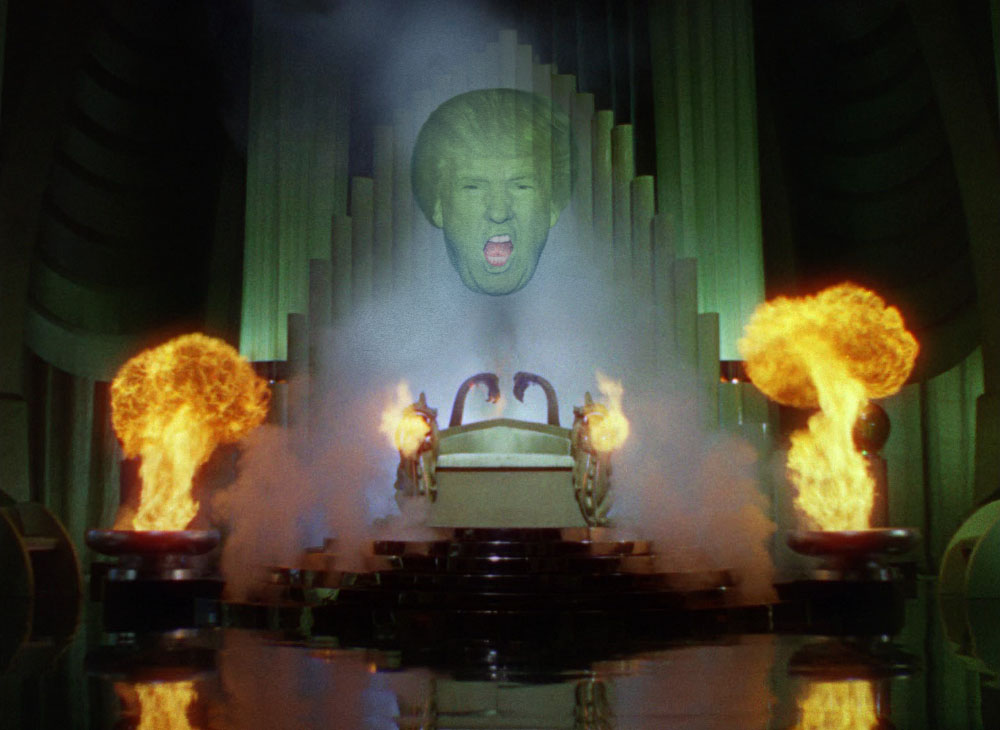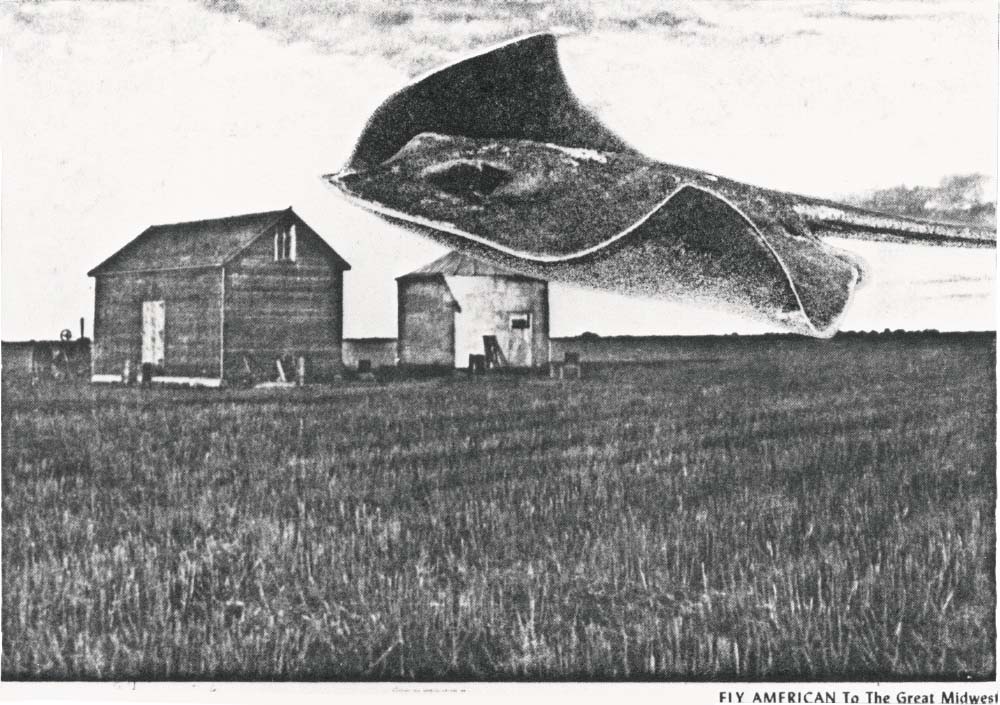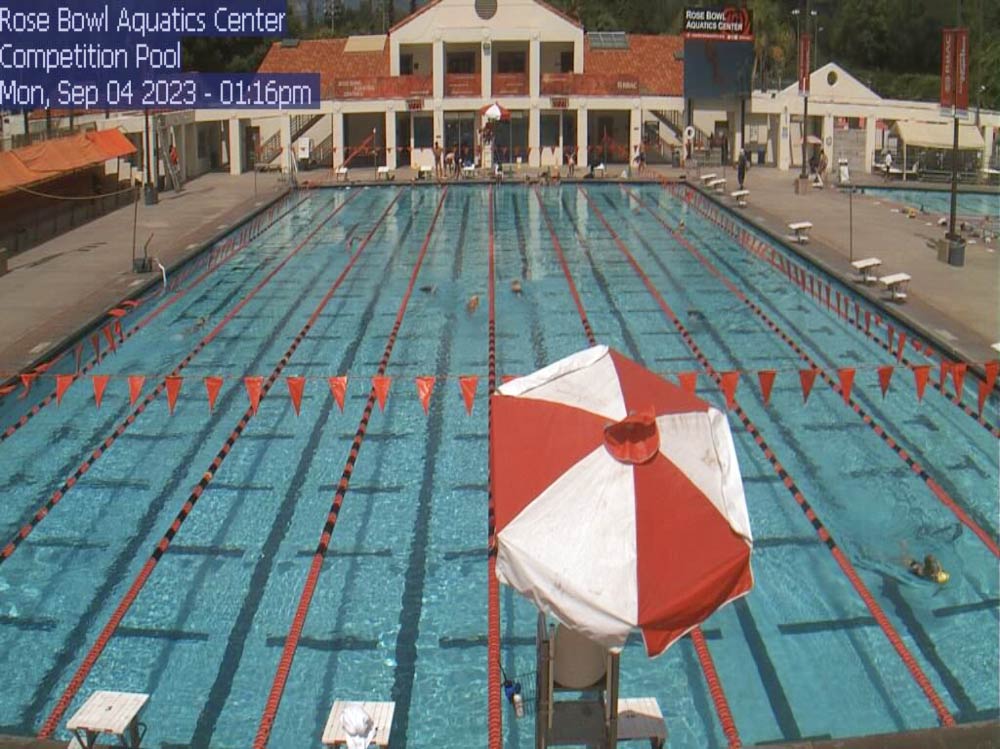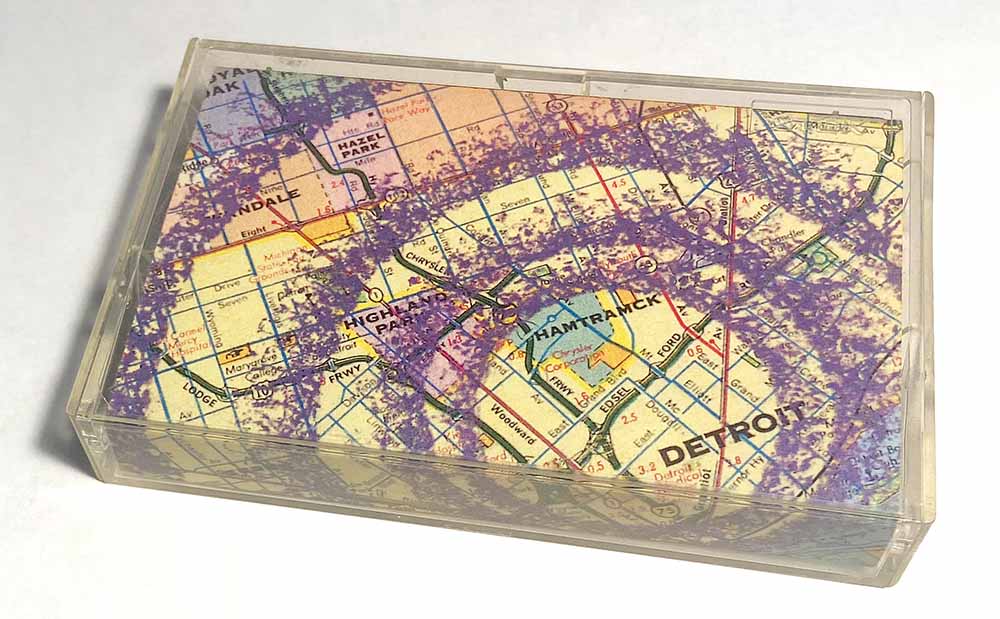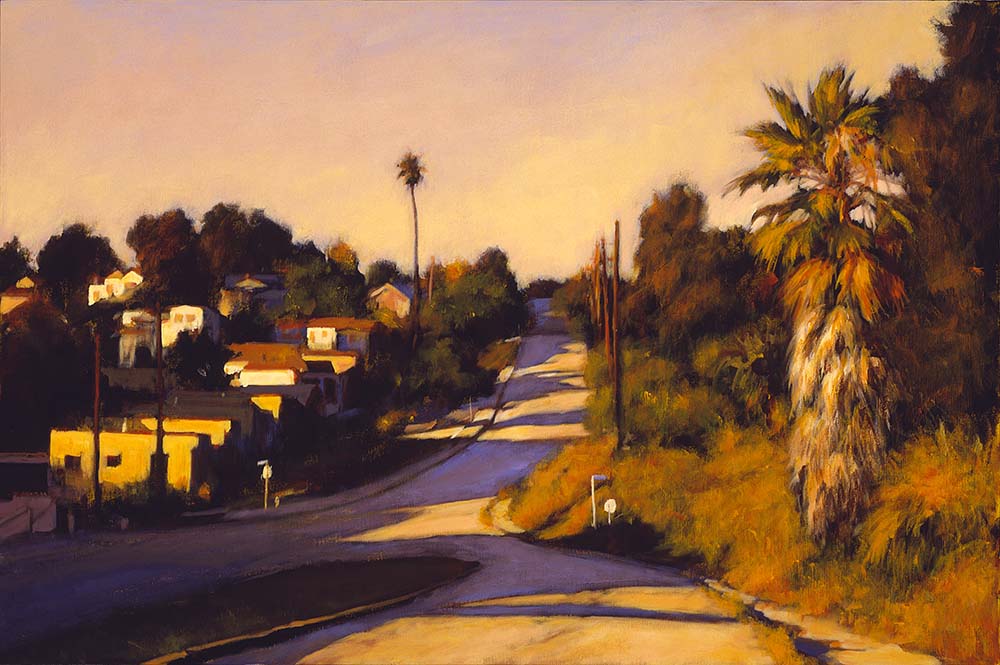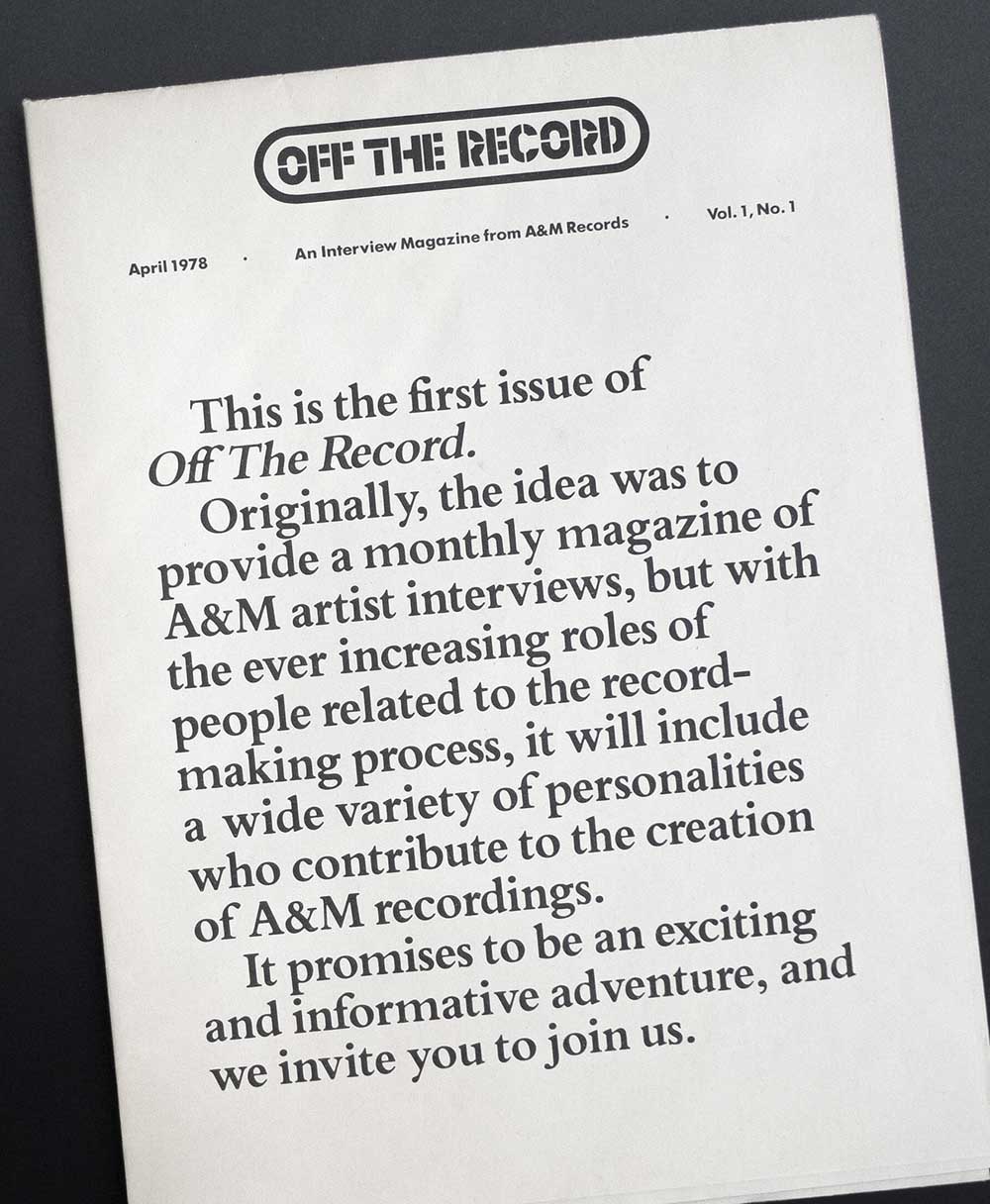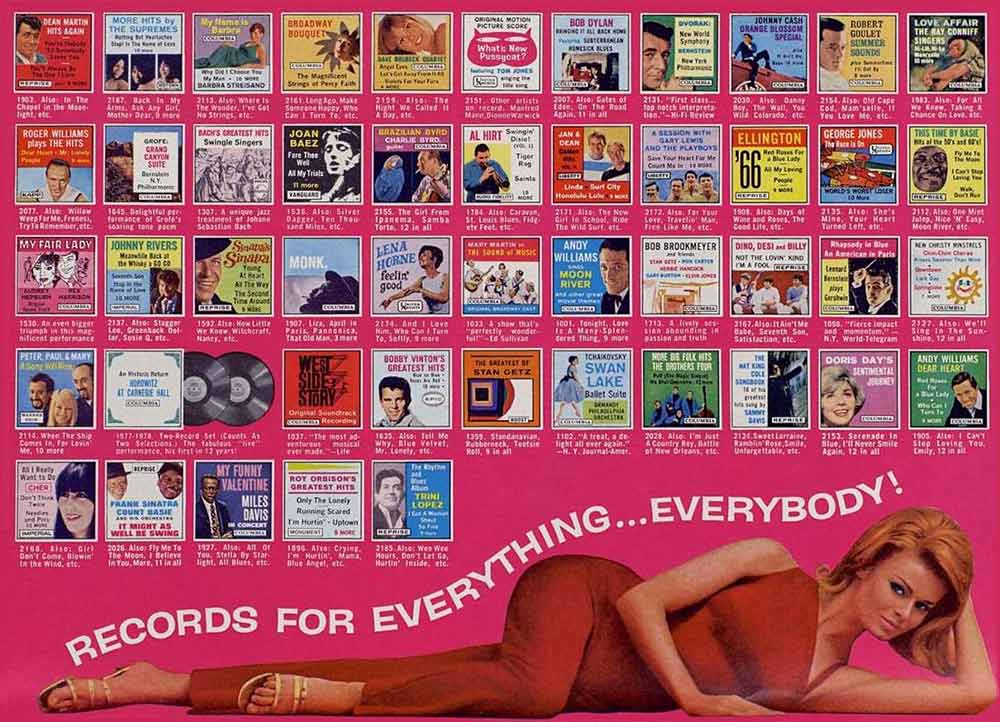At this writing, in April 2020, not a soul on the planet would describe our situation as normal. It’s anything but. The world is under siege by a virulent pathogen. We’re all “social distancing” and “sheltering in place,” that is, hunkered down at home for weeks on end, leaving only if our work is deemed “essential,” or if we’ve run out of food. Every state in the union has declared a State of Emergency, the first time that’s ever happened.
As a result of this contagion, our economy has taken a mighty punch to the gut. Seventeen million people have applied for unemployment in the recent three-week span and Congress just passed a third relief bill, worth more than $2 trillion — the biggest such effort ever — and leaders already acknowledge they’ll need to do much more. The stock market sank nearly 30% in little more than a month. The International Monetary Fund predicts that the coronavirus pandemic is likely to trigger the worst recession since the Great Depression.
It’s horrendous beyond words, but even prior to this year, the world was spinning a bit wobbly on its axis. Over the past few decades, Americans have become more partisan politically, and thanks to cable news and social media, debate on issues large and small is more acrimonious. The ranks of billionaires, and the extreme wealth they hold collectively, has grown steadily over the years, yet on any given night a half-million Americans sleep on the streets. A couple years ago 47,000 Americans died from an overdose of opioid drugs and, tragically, even more than that took their own lives — among them, my dear brother-in-law. As a recent New York Times editorial put it, “over the past half century, the fabric of American democracy has been stretched thin.” Topping the crises we faced prior to COVID-19 is climate change. Even as the current administration dials back environmental regulations and lends continued support to fossil-fuel industries, the giant investment firm JP Morgan warned in a January 2020 report, “We cannot rule out catastrophic outcomes where human life as we know it is threatened.”
continue reading… “Return to Normalcy”
